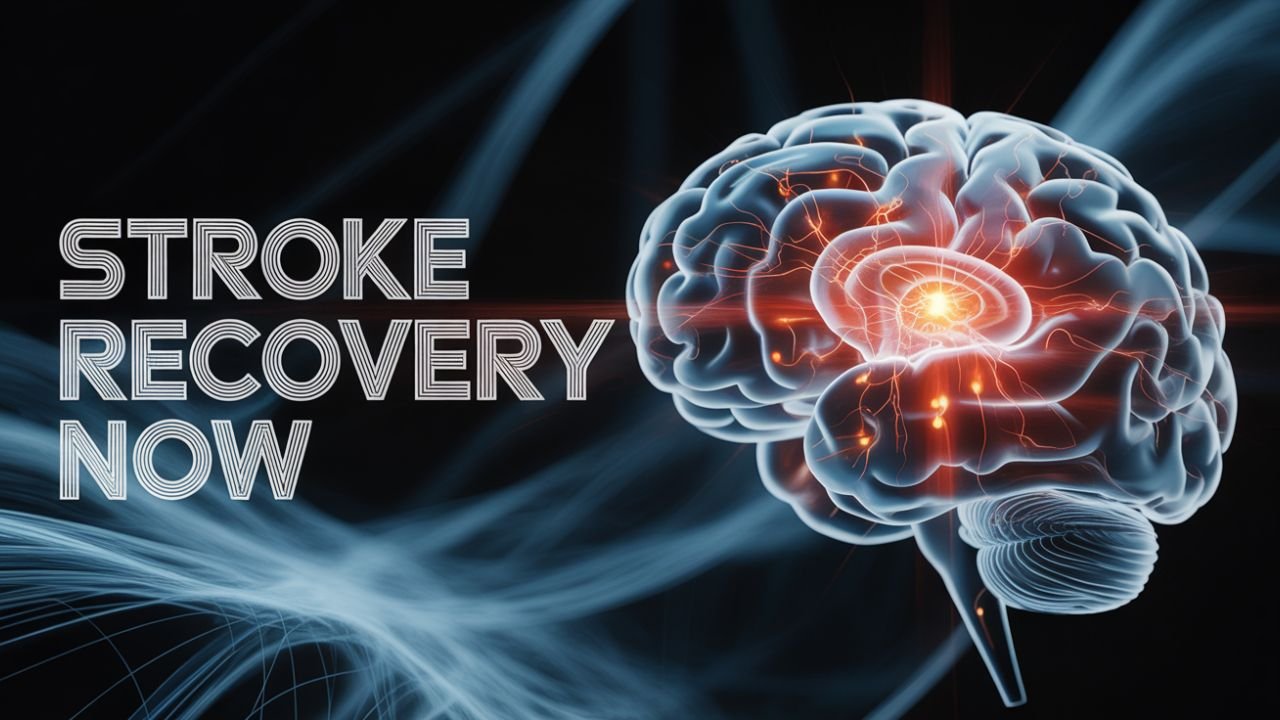Recovering brain function after a stroke is a challenging but possible process. A stroke involves a disruption in blood flow to the brain, which can cause some brain cells to die or be affected. This can result in difficulties with thinking, decision-making, maintaining awareness, and memory. However, through brain exercises and certain lifestyle changes, many people can regain some of their previous abilities.
The recovery process from a stroke begins in the hospital. Many people begin various types of therapy before being discharged home that gradually help them return to normal life. These include physical exercise, occupational therapy, and brain exercises. While physical therapy helps improve body movement and strength, brain exercises help restore brain function.
Can the brain heal on its own?
There’s no clear scientific consensus on how quickly the brain recovers after a stroke and how effective brain exercises are. However, according to the National Institute on Aging, lifestyle changes, such as keeping the brain active, can positively impact brain health and help restore some abilities.
1. Board Games
Childhood favorite board games like Connect 4, Qwirkle, Battleship, and Guess Who? activate many brain skills, including attention, reasoning, organization, and memory. Additionally, these games often require a partner, which increases social interaction and aids stroke recovery.
2. Memory Games
Memory games like Simon, Tap It, and Bop It challenge attention and memory skills. These games require players to memorize and follow sequences. Some games, such as Bop It, also involve hand movements and physical reflexes, which can aid in the brain and body’s recovery process.
3. Strategy Games
Strategy games like Catan, Ticket to Ride, Mahjongg, or Yahtzee enhance the brain’s ability to plan and predict while recovering from a stroke. These games require thinking about next steps and reasoning, which helps reactivate the brain’s neural networks.
4. Arts and Crafts
Arts and crafts therapy helps reduce stress, express emotions, and improve mental health. Drawing, coloring, painting, or craft activities activate the brain’s analytical abilities and hand-eye coordination. Using art tools for extended periods of time can also increase muscle strength and endurance.
5. New Hobbies
Learning new skills or taking up a hobby after a stroke challenges the brain’s memory and communication abilities. This process activates the muscles of the arms, hands, and sometimes even the legs. New hobbies like learning sign language, scrapbooking, gardening, or birdwatching can be helpful in stroke recovery.
6. Finding Sequence
No board games or software are required; you can make simple tasks in your life challenging. For example, alphabetizing words in sentences, organizing clothes by color or size, sorting family members by birthday, stacking books by size, or organizing medications. These activities enhance the brain’s reasoning and organizational skills.
7. Counting Money
Counting coins in a nightstand or purse, finding their total, or organizing them by type challenges the brain’s short-term memory and mathematical reasoning. It also helps build confidence in daily life tasks.
8. Card Matching
Card matching games involve mixing up facedown cards. This activity activates memory skills, which are often weakened after a stroke.
9. Brain Puzzles
Puzzles like crosswords, Sudoku, and word searches enhance the brain’s analytical and reasoning skills. Start with easy levels and gradually progress to more difficult challenges.
10. Visual Recognition Games
Games that recognize differences between similar images enhance the brain’s visual processing ability and ability to concentrate. These activities help improve the brain’s spatial processing abilities.
Common Questions About Stroke Recovery
How long does it take for the brain to recover after a stroke?
Recovery after a stroke occurs rapidly in the first few months, especially the first 3-4 months. However, with brain exercises and other therapies, improvements can be seen for up to 1-2 years.
What is the percentage of people who fully recover from a stroke?
According to the American Stroke Association, approximately 10% of stroke survivors make a near-complete recovery, 25% have minor complications, and 40% have moderate to severe complications. About 10% require long-term care.
What are the signs of stroke recovery?
IndependentIncreased mobility, decreased dependence on assistive devices, and more sleep can be signs of brain recovery.
How to Protect the Brain After a Stroke
Not just brain exercises, lifestyle changes can also help prevent stroke and improve brain health:
- Heart-healthy diet: Control blood pressure by reducing saturated fat and sodium.
- Regular exercise: Promotes balance, coordination, and mental health.
- Limiting alcohol: Helps lower blood pressure and improve brain function.
Preventing a Second Stroke:
- Maintain blood pressure,
- Manage weight and exercise,
- Take medications as prescribed by your doctor.
Conclusion
Brain exercises are only one part of stroke recovery. Physical therapy and occupational therapy also help restore function. These activities not only improve brain and physical abilities, but also improve emotional and mental health. With regular practice and patience, stroke survivors can improve their quality of life and independence.
